Cats in Ancient Egypt

In ancient Egypt, cats held a special place in society. They were revered as sacred animals and worshipped for their protective qualities. Egyptians believed that cats had the power to ward off evil spirits and bring good luck. These beliefs led to the domestication of cats, as they were kept as pets in households and temples. The importance of cats can be seen through their representation in Egyptian art and mythology. Cats were frequently depicted in hieroglyphics, sculptures, and paintings, showcasing their close association with the divine. Their gracefulness and agility were admired, capturing the attention of artists and craftsmen throughout ancient Egypt's history. Cats continue to fascinate us today with their rich history in art and culture.
Cats as sacred animals in Ancient Egypt
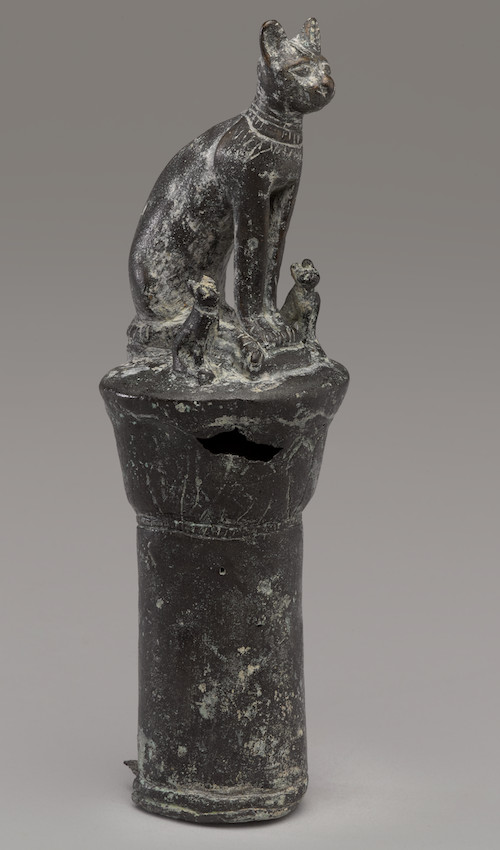
Cats held a sacred status in Ancient Egypt, where they were revered for their mystical qualities. These graceful creatures were believed to possess the ability to ward off evil and bring good luck. Egyptians worshipped cats and considered them as protectors of their homes and temples. The high regard for cats led to their domestication, and they became cherished pets in households. Artists and craftsmen frequently depicted cats in hieroglyphics, sculptures, and paintings, emphasizing their close association with the divine. The portrayal of cats in ancient Egyptian art showcased their elegance and agility, symbolizing their revered status within society. This deep reverence for cats in Ancient Egypt serves as a testament to their enduring influence on human culture throughout history.
Depictions of cats in Egyptian art and mythology
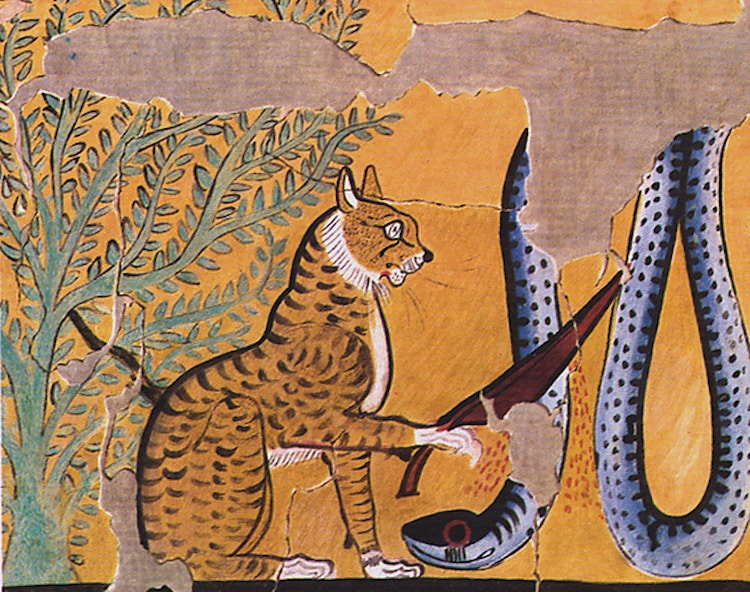
In Egyptian art and mythology, cats were frequently depicted as symbols of grace, elegance, and divinity. They often appeared in sculptures, hieroglyphics, and paintings, showcasing their close association with the divine. One of the most revered feline figures was the goddess Bastet (also known as Bast), who was often represented with the head of a lioness or a domestic cat. Bastet symbolized protection, fertility, and motherhood. Cats were also believed to possess supernatural abilities, such as their keen eyesight that could see beyond the physical realm. These depictions emphasized the importance of cats in ancient Egyptian culture and further solidified their sacred status within society.
Cats in Medieval Art

Cats in Medieval Art:
In medieval art, cats were often featured as symbolic creatures with deep cultural significance. They were commonly associated with femininity, domesticity, and mystery. Cats were frequently portrayed in religious paintings and manuscripts, symbolizing both the positive attributes of motherhood and protection, as well as the negative connotations of cunning and deceit. They often appeared alongside female figures, emphasizing their connection to femininity and the domestic sphere. Additionally, cats were sometimes depicted as companions to witches or sorceresses, reinforcing their association with magic and the supernatural. The portrayal of cats in medieval art reflects the intricate blend of religious symbolism, folklore, and societal beliefs during that time period.
Symbolism of cats in Medieval art

Cats held significant symbolism in Medieval art, representing various ideas and concepts. They were often associated with femininity, domesticity, and mystery. Cats symbolized the positive aspects of motherhood and protection but also carried negative connotations of cunning and deceit. Their presence in religious paintings and manuscripts highlighted their connection to the domestic sphere and the role of women. Cats were sometimes depicted as companions to witches or sorceresses, reinforcing their association with magic and the supernatural. In Medieval art, cats represented a complex blend of religious symbolism, societal beliefs, and folklore, reflecting the cultural attitudes towards these creatures during that time period.
Cats in religious paintings and manuscripts
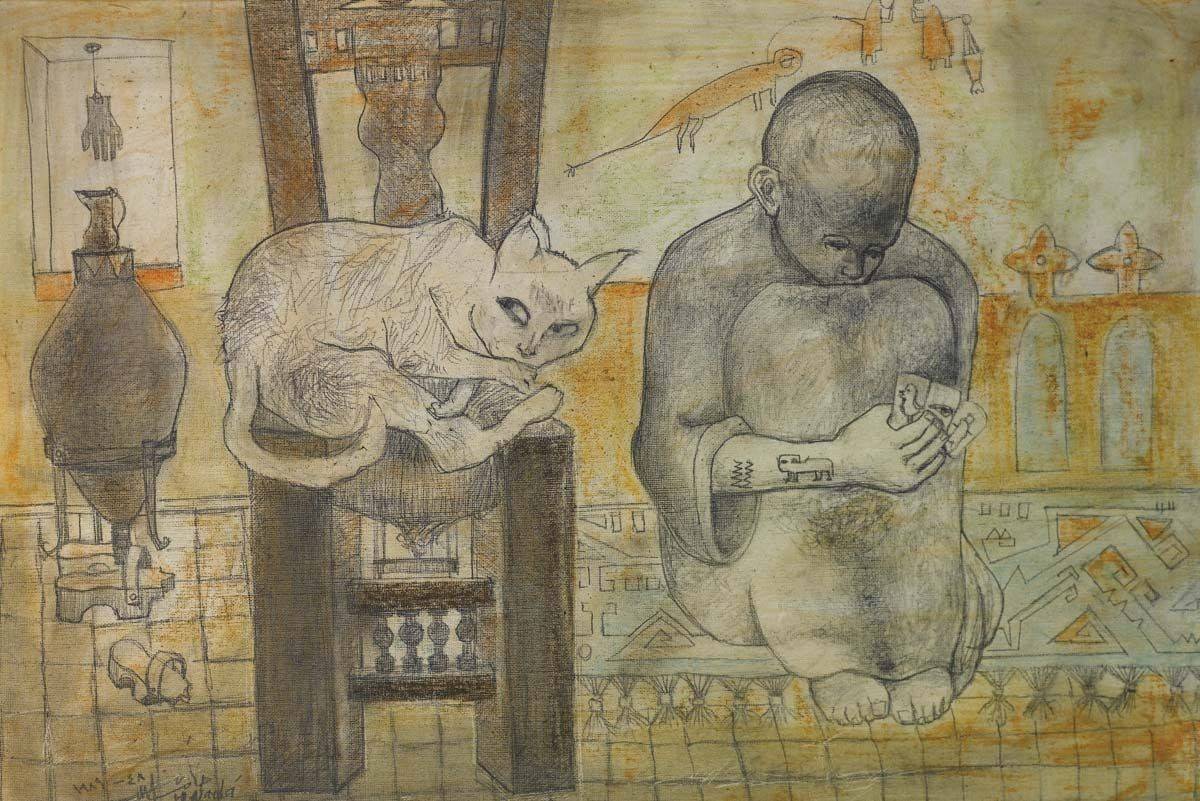
Cats played a significant role in religious paintings and manuscripts of the Medieval period. They were often depicted alongside saints, symbolizing their connection to spirituality and holiness. In these artworks, cats represented various aspects such as femininity, protection, and the supernatural. Often portrayed as companions to women or mothers, they embodied qualities of nurturing and caregiving. However, cats also carried negative connotations of deceit and cunning, linking them to the devil or witches. Their presence in religious art highlighted the complex beliefs and cultural associations surrounding cats during that time. Through these representations, cats became integral symbols in conveying religious ideals and reflecting societal views on femininity and domesticity.
Cats in Renaissance Art
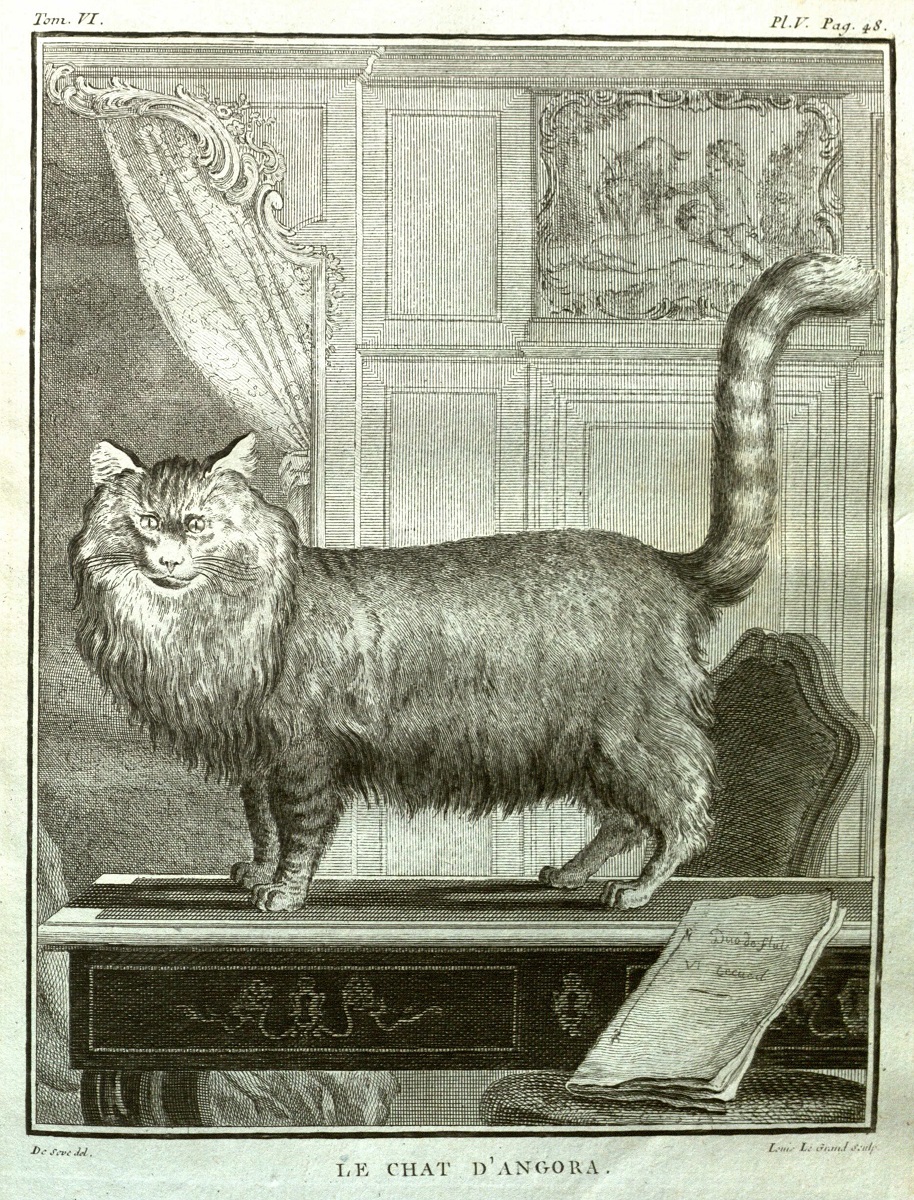
Cats in Renaissance Art played a significant role as companions and symbols of mystery. Renaissance portraits often featured cats, portraying them alongside their human subjects. These cats represented wealth, refinement, and the domestic sphere. They were depicted lounging or playing with their owners, symbolizing the luxurious and cultured lifestyle of the era. Additionally, cats were also seen as mysterious creatures associated with magic and witchcraft. Artists portrayed them in symbolic settings, surrounded by mystical elements or alongside witches. These depictions reflected society's fascination with the occult and the belief in cats' supernatural powers. The representation of cats in Renaissance Art continues to capture our imagination, showcasing the enduring fascination humans have had with these enigmatic creatures.
Cats as companions in Renaissance portraits
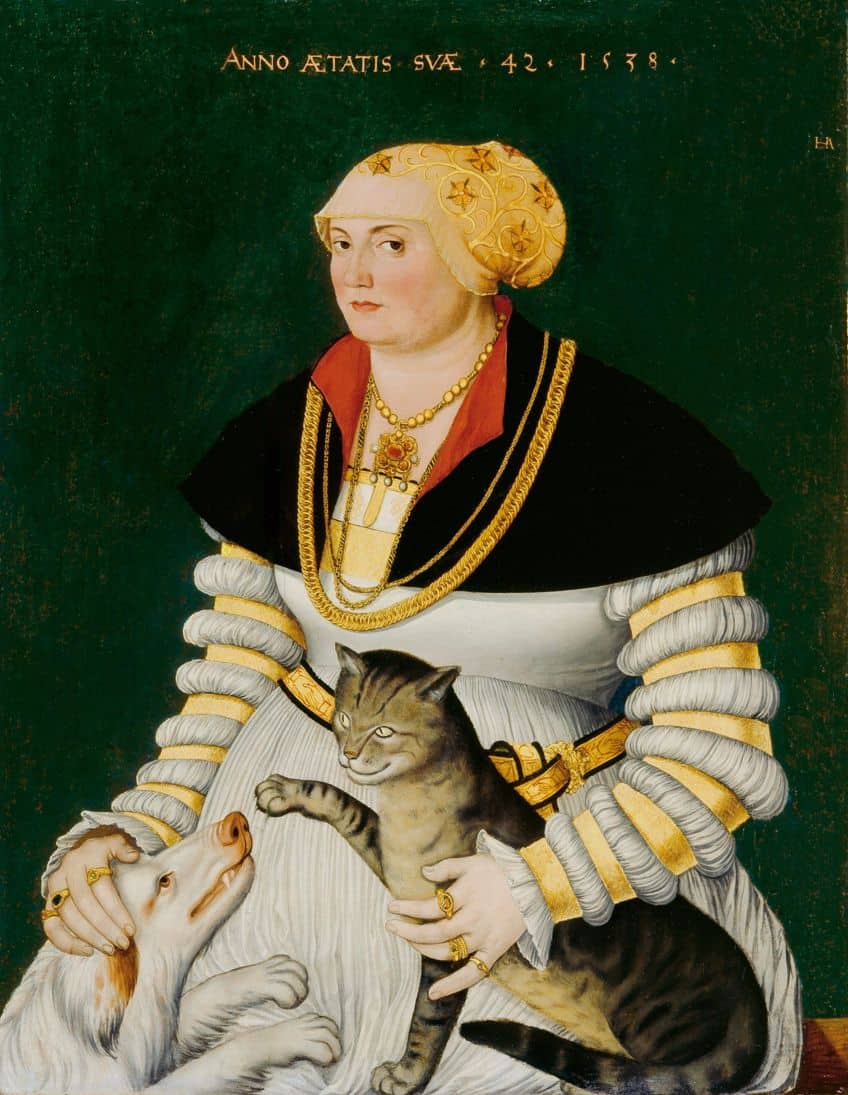
In Renaissance portraits, cats served as cherished companions to their human subjects. These feline friends were often depicted lounging or playing alongside their owners, highlighting the close bond between humans and animals during this period. The presence of cats in these portraits conveyed a sense of wealth and refinement, as they were considered luxurious pets. They added an air of sophistication to the composition and showcased the cultured lifestyle of the era's elites. These depictions also spoke to the domestic sphere, emphasizing the importance of pets within households. Cats in Renaissance portraits not only captured the affectionate relationship between people and their pets but also added a touch of elegance to these artistic representations.
Cats as symbols of mystery and magic in Renaissance art

In Renaissance art, cats were often depicted as symbols of mystery and magic. Artists of this period imbued cats with a sense of otherworldly allure and enchantment. Their sleek and mysterious appearance made them perfect subjects for capturing the mystical atmosphere in paintings. Cats were frequently portrayed in scenes that conveyed supernatural or occult themes, emphasizing their association with the mystical realm. They were often depicted alongside witches, sorcerers, or alchemists, further emphasizing their connection to magic and the supernatural. Through these representations, cats became emblematic of the hidden knowledge and esoteric practices that captivated the Renaissance imagination. Their presence in artworks added an element of intrigue and fascination to the compositions, leaving viewers entranced by their enigmatic presence.
Cats in Modern Art
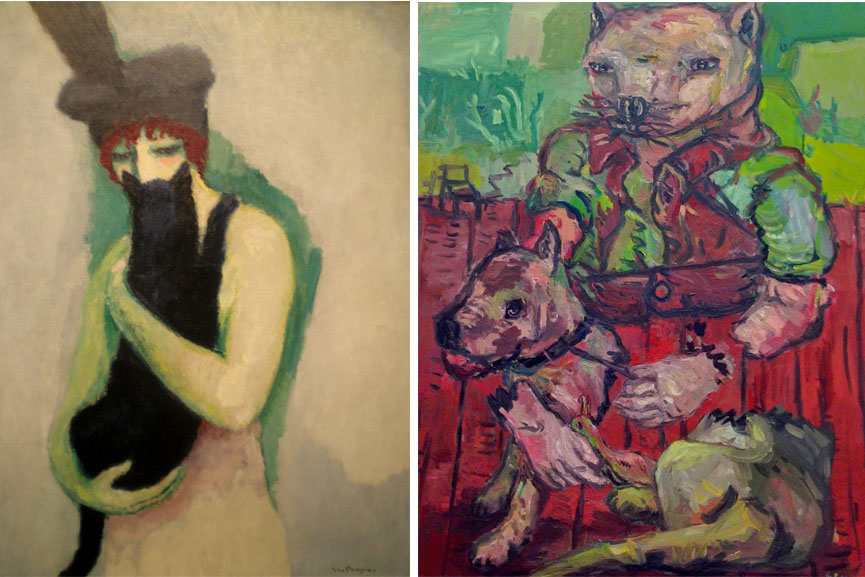
Cats continue to be a prominent subject in Modern Art. In the late 19th and early 20th centuries, cats became popular subjects in the works of artists such as Pierre-Auguste Renoir and Henriette Ronner-Knip. In Impressionism and Post-Impressionism, cats were often depicted in intimate domestic scenes, capturing their elegance and grace. As Modern Art progressed, cats remained a recurring motif, appearing in the works of artists like Balthus and Salvador Dali. Today, cats are still celebrated in contemporary art through various mediums, from paintings to sculptures and installations. Their enigmatic and independent nature makes them compelling subjects for artists who seek to convey a sense of playfulness or reflect on the human-animal bond. Whether used symbolically or simply for their aesthetic appeal, cats continue to captivate both artists and viewers in the world of Modern Art.
Representation of cats in Impressionism and Post-Impressionism
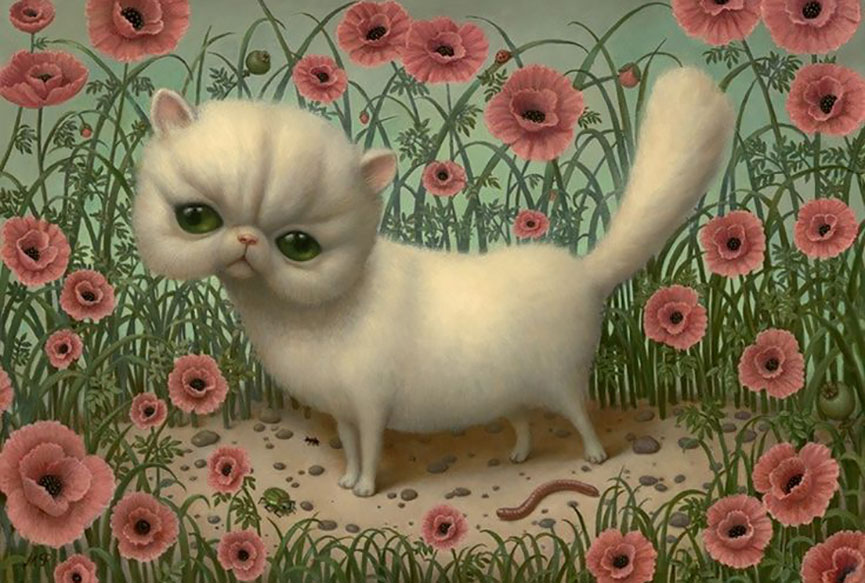
In the art movements of Impressionism and Post-Impressionism, cats were often depicted in a more informal and intimate context. Artists like Pierre-Auguste Renoir and Henriette Ronner-Knip captured the elegance and grace of cats in their domestic scenes. These paintings often portrayed cats lounging in sunlit rooms or interacting with their human companions, conveying a sense of coziness and companionship. The loose brushstrokes and vibrant colors characteristic of these art movements added to the liveliness of these feline representations. Cats in Impressionism and Post-Impressionism were not just seen as symbols but as cherished members of the household, emphasizing the warmth and joy they brought to everyday life.
Cats as subjects in contemporary art

Cats continue to be popular subjects in contemporary art, showcasing the enduring fascination with these enigmatic creatures. Artists today explore various styles and mediums to capture the unique charm of cats. From realistic paintings that depict their intricate features to whimsical illustrations that emphasize their playful nature, contemporary art offers a diverse range of interpretations. Many artists also use cats as symbolic figures, representing independence, curiosity, or spiritual connections. The internet and social media have also played a significant role in cat art, with countless artists creating viral memes and illustrations inspired by cats. Cats as subjects in contemporary art reflect our ongoing adoration for these mysterious and beloved companions.
Cats in Pop Culture

Cats have made a significant impact on popular culture, appearing in various forms of media and entertainment. In literature and film, cat characters such as the Cheshire Cat from Alice's Adventures in Wonderland or Salem Saberhagen from Sabrina the Teenage Witch have captured the imaginations of audiences worldwide. Their mysterious and sometimes mischievous nature adds intrigue to these stories.
Furthermore, cats have taken the internet by storm with their comedic and adorable antics. Internet cat memes and viral videos featuring feline companions have become immensely popular, showcasing the unique charm of these creatures. From Grumpy Cat to Keyboard Cat, these online sensations have amassed millions of followers and have become symbols of humor and cuteness.
Whether in books, movies, or the digital realm, cats continue to leave their paw prints on pop culture, solidifying their place as beloved icons.
Cat characters in literature and film

Cat characters in literature and film have captivated audiences with their charm and enigmatic personalities. From the mischievous Cheshire Cat in Lewis Carroll's "Alice's Adventures in Wonderland" to Salem Saberhagen, the talking black cat from "Sabrina the Teenage Witch," these feline characters have left a lasting impact on popular culture. Their mysterious nature adds intrigue to stories, often serving as companions or guides for protagonists. These iconic characters not only provide comic relief but also symbolize resilience and independence. Whether it's Snowbell from "Stuart Little" or Mr. Tinkles from "Cats & Dogs," cats in literature and film continue to enthrall audiences worldwide, leaving a paw print on our imagination.
Internet cat memes and viral videos
Internet cat memes and viral videos have taken the internet by storm, captivating people of all ages. These humorous and adorable creations showcase cats in various amusing situations, providing endless entertainment for online users. Whether it's a cat trying to fit into a small box or a cute kitten pouncing on its shadow, these videos and memes have become a global sensation. They spread like wildfire across social media platforms, garnering millions of views and shares. Internet cat memes and viral videos serve as lighthearted distractions from our daily routines, bringing smiles to our faces and creating a sense of camaraderie among cat lovers worldwide. They have solidified cats' place as beloved cultural icons in the digital age.
Conclusion
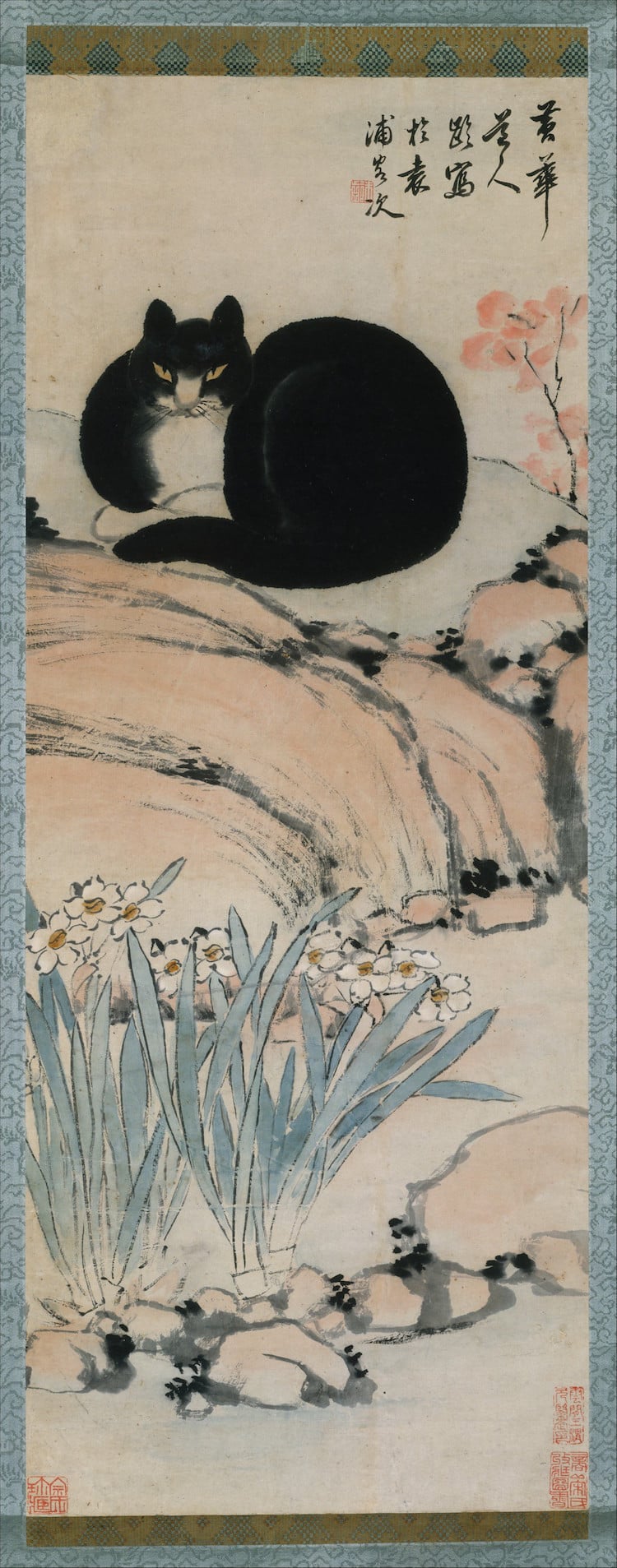
In conclusion, the representation of cats in art and culture has evolved throughout history, spanning from ancient Egypt to the modern era. Cats have held a significant place in different societies, often symbolizing various aspects such as mystery, companionship, and even divinity. From being worshipped as sacred animals in ancient Egypt to becoming beloved pets in Renaissance portraits, cats have left an indelible mark on human imagination. In today's popular culture, cats continue to captivate us through their presence in literature, film, and the internet with viral cat memes and videos. These feline representations serve as a testament to the enduring fascination and affection people have for these amazing creatures.
Evolution of feline representations in art and culture

The evolution of feline representations in art and culture showcases the enduring fascination with cats throughout history. From ancient Egypt to modern times, cats have played various roles and held different symbolic meanings. In ancient Egypt, cats were revered as sacred animals, symbolizing protection and divine qualities. In medieval art, they were often depicted as symbols of mystery and nocturnal beings. The Renaissance period saw cats portrayed as companions in portraits and as symbols of magic in artwork. In more recent times, cats became subjects in impressionist paintings and contemporary art. Moreover, they found their place in popular culture through cat characters in literature, film, and the internet with viral cat memes and videos. This evolution reflects our continued appreciation for these enigmatic creatures and their significance in human imagination.
Impact of cats on popular imagination

Cats have left an indelible mark on popular imagination. Their mysterious and independent nature has captivated artists, writers, and filmmakers throughout history. The representation of cats in art and literature has served as a source of inspiration for creative minds.
In the realm of literature, cats have been depicted as both enchanting companions and symbolic figures. From Lewis Carroll's Cheshire Cat in "Alice's Adventures in Wonderland" to T.S. Eliot's whimsical characters in "Old Possum's Book of Practical Cats," felines have sparked our imagination and added depth to narratives.
Furthermore, cats' presence in film and television has garnered widespread attention. Iconic characters like Garfield, Felix the Cat, and the mischievous cat duo Tom and Jerry have become beloved by audiences worldwide.
The internet age has brought new dimensions to the impact of cats on popular culture. Memes featuring cats have taken social media platforms by storm, with their adorable or comical antics becoming viral sensations.
In conclusion, the allure of cats continues to thrive in popular imagination. Their enigmatic nature and expressive personalities make them perennial favorites in art, literature, film, and digital media.




0 Comments